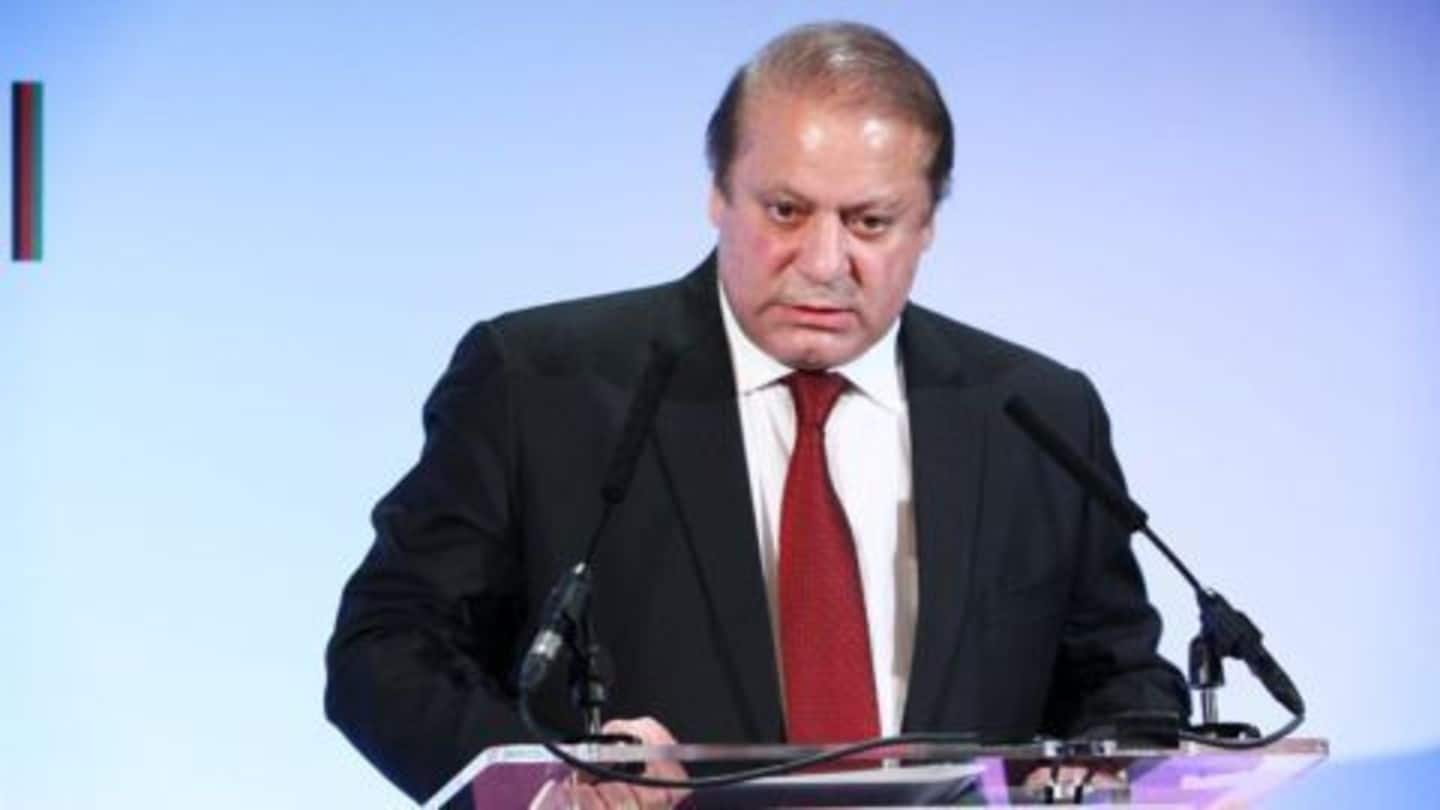
Conflicts straying Pakistan from critical socio-economic issues
What's the story
India and Pakistan are facing some serious tensions primarily due to the recent conflicts along the border. These events are straying Pakistan from some of its critical socio-economic problems. Though some issues are pertinent in India, Pakistan's figures on unemployment, poverty, malnutrition and energy crisis are worse. Pakistan also has to fix other matters related to illiteracy, high mortality rate, and poor healthcare services.
Introduction
India and Pakistan, after independence
The partition of British India in 1947 resulted in the creation of modern-day India and Pakistan. After independence, Indian economy underwent several changes; India emerged as the world's ninth-fastest growing country (2015). Agriculture, textiles, pharmaceuticals, petroleum, chemicals, steel and software are some of India's primary industries. Pakistan emerged as a semi-industrialized country; its economy is mostly based on textiles, agriculture, and food production.
Overview
India, Pakistan have come a long way
India and Pakistan came a long way since their independence; India is a secular nation while Pakistan a Muslim country. Indian economy is one of the fastest growing economies; Pakistan witnessed drastic economic growth since the 2000s. However, poverty in both countries is still widespread; they also feature in the world's top ten most-populous countries. India's military strength is higher than that of Pakistan.
Economic growth
India's GDP much higher than Pakistan's
India's Gross Domestic Product is the eighth highest in the world and accounts for about $2.07 trillion that reflects its large net economy. Pakistan's GDP reportedly accounts for $270 billion. The GDP growth rate of India is 7.57% while that of Pakistan is 5.54%. Massive debt, low FDI, low exports & high imports, inflation, and poorly-managed tax system reportedly hamper Pakistan's economic growth.
Data
Pakistan's unemployment rate higher than India's
According to the World Bank, India's unemployment rate as of 2014 is 3.6% whereas that of Pakistan is 5.2%, which doesn't fare well compared to India's. Pakistan's Institute for Policy Reform cited the possibility of an even higher rate than the World Bank figure.
Energy Crisis
Pakistan's power shortage impacts manufacturing
Shortage of power in Pakistan impacted the manufacturing sector severely and made the common man's life difficult with long, frequent power outages. The average power shortage is 4,000 Megawatts and is expected to reach 7,000 MW (32% of the demand). The Modi-led Government in India has made significant progress in electrifying remote areas. In 2015-16, 7,108 of 18,452 unelectrified villages were electrified so far.
Literacy
Pakistan's adult literacy rates move at a slow pace
According to the World Bank, India's adult literacy rate in 2011 was 72.98% while Pakistan's was 55% (2010). Pakistani Ministry of Federal Education and Professional Training said the adult literacy rates moved at a slow pace of only 1% in a year over the last five years. Some of the reasons for slower growth were the unavailability of schools, gender discrimination, and illiterate parents.
Poverty
Poverty a huge concern in India and Pakistan
Though poverty is the biggest concern in India and Pakistan, neither of them was able to overcome it. India's World Bank figures are in a slightly better position than those of Pakistan's. The percentage of poor (2013) in India was 21.9 while Pakistan's 29.5. World Bank's 2015 report revealed India's poverty rate was one of the lowest, but the number of poor the highest.